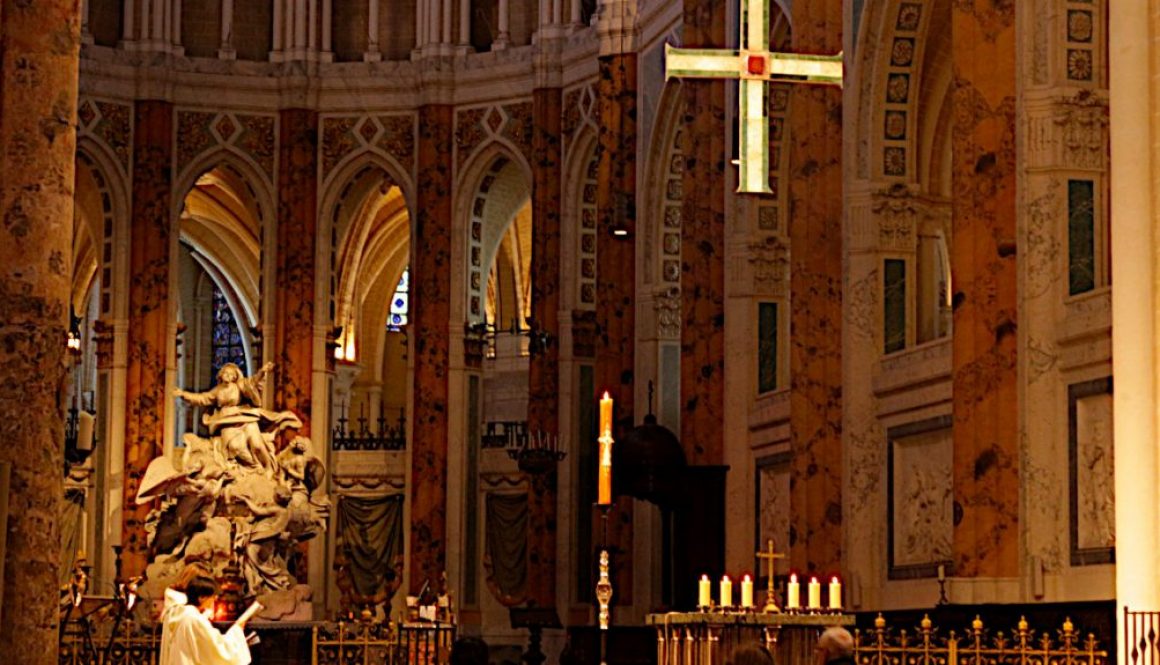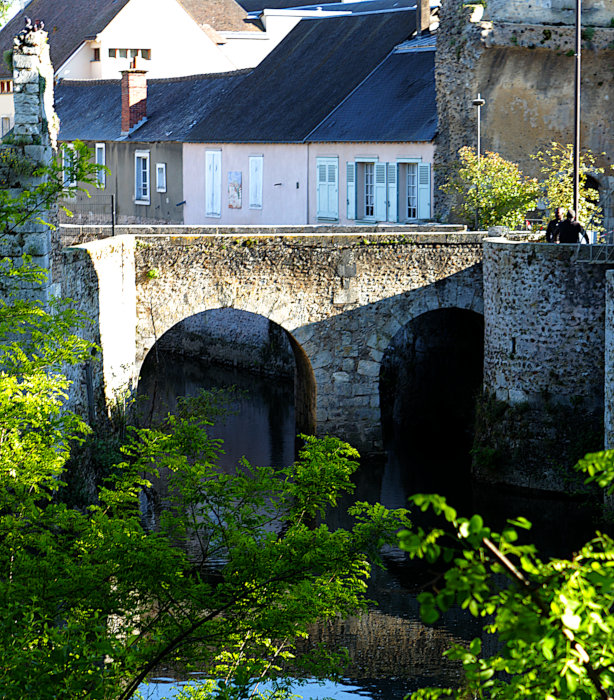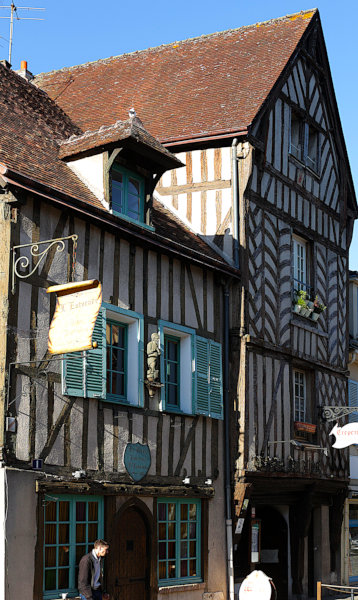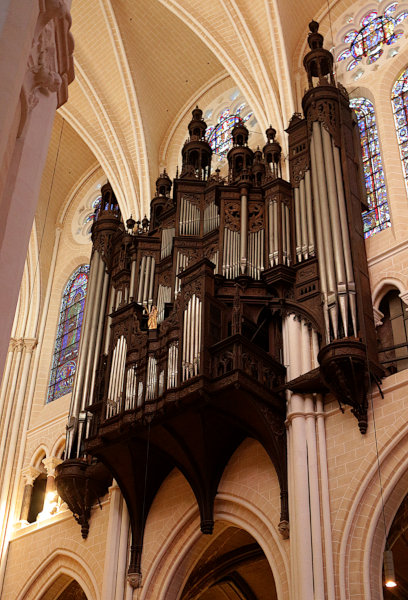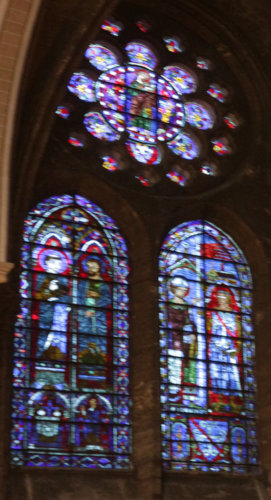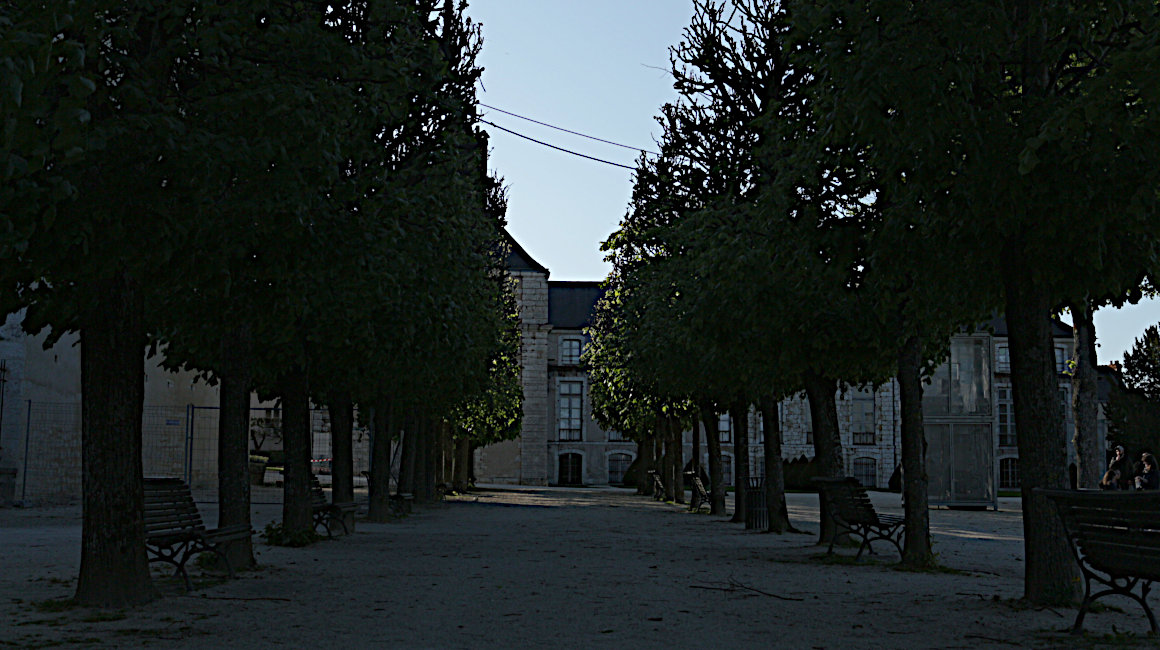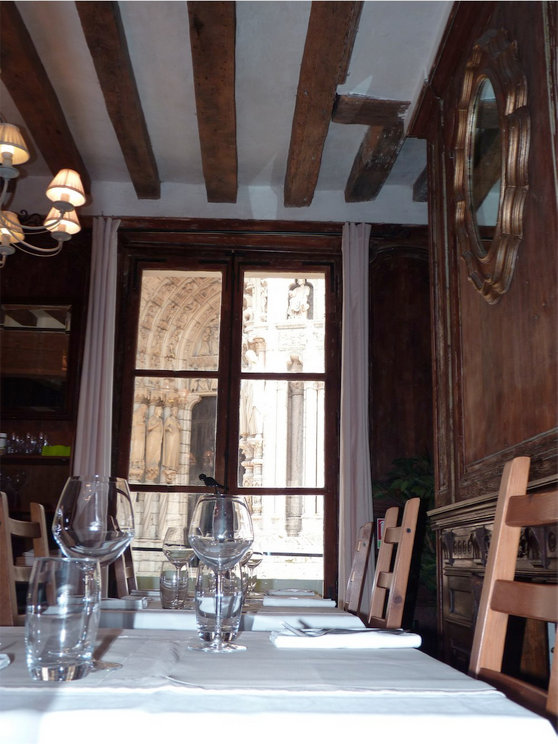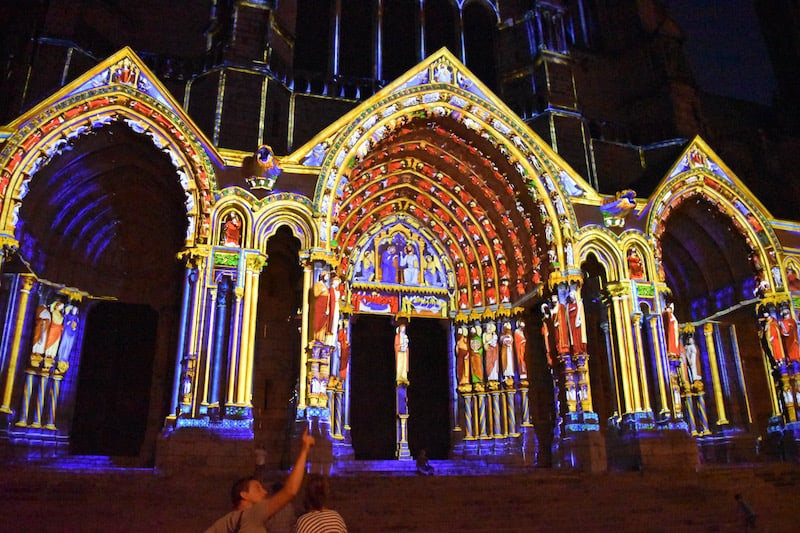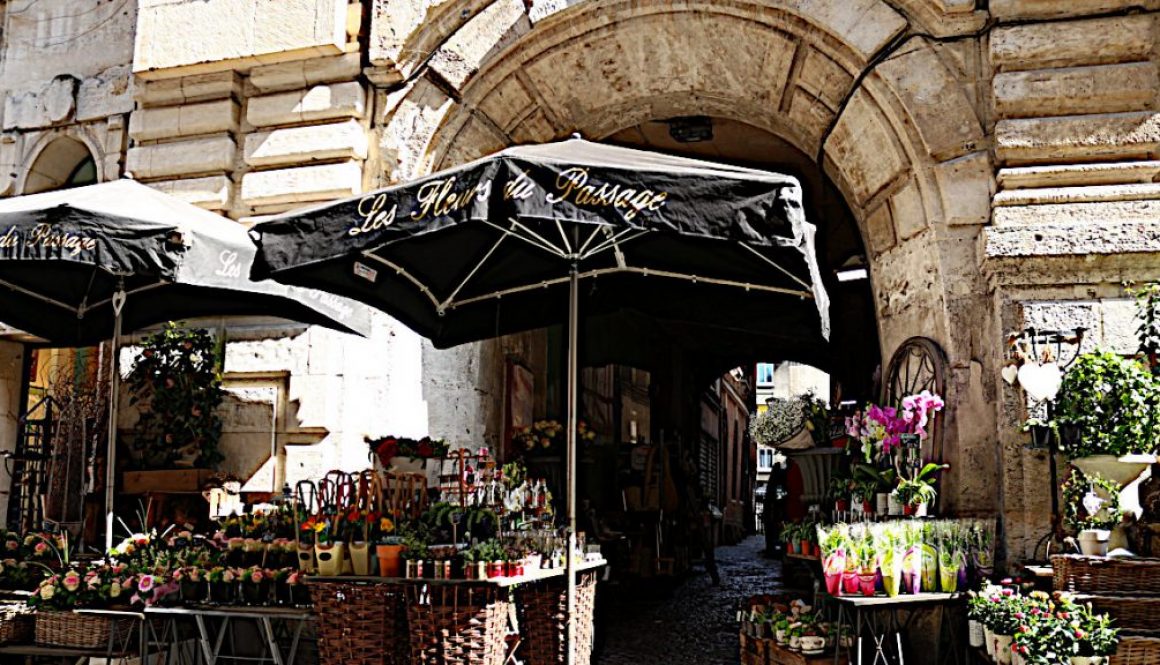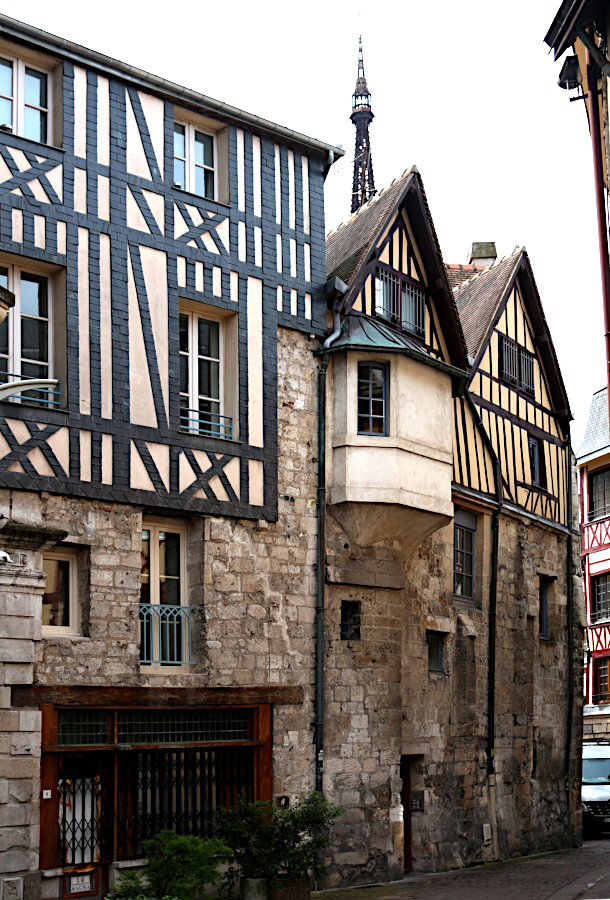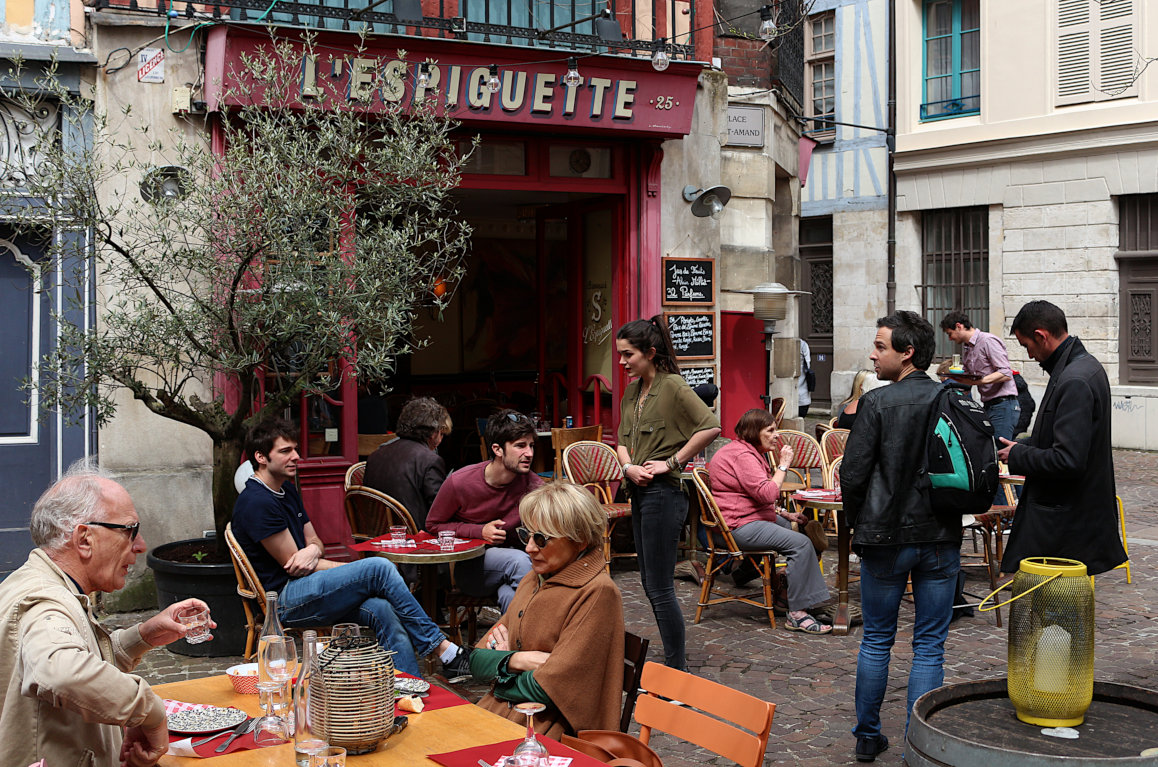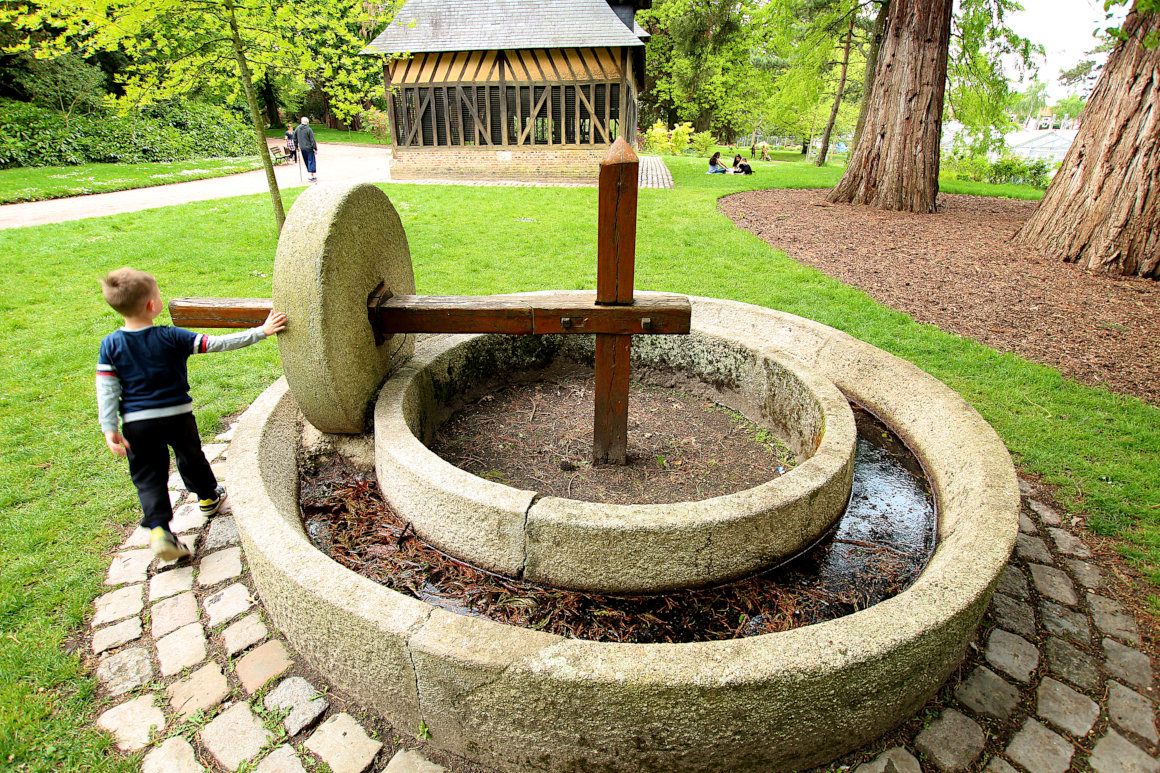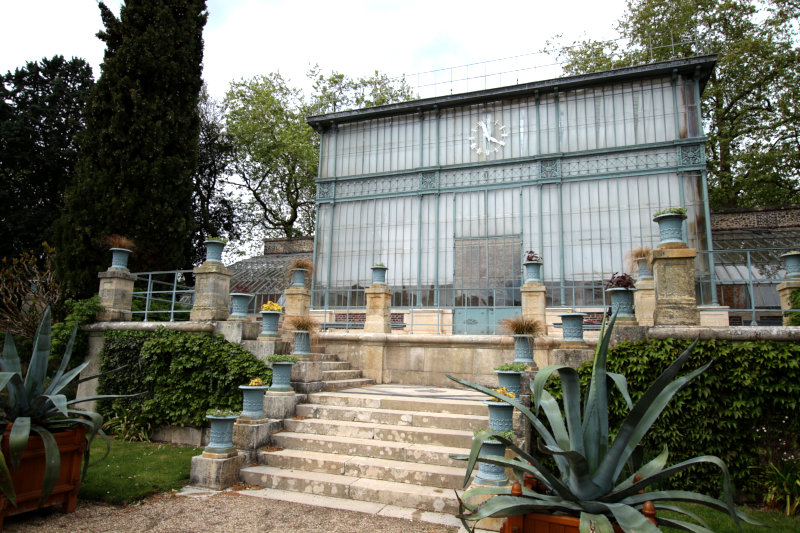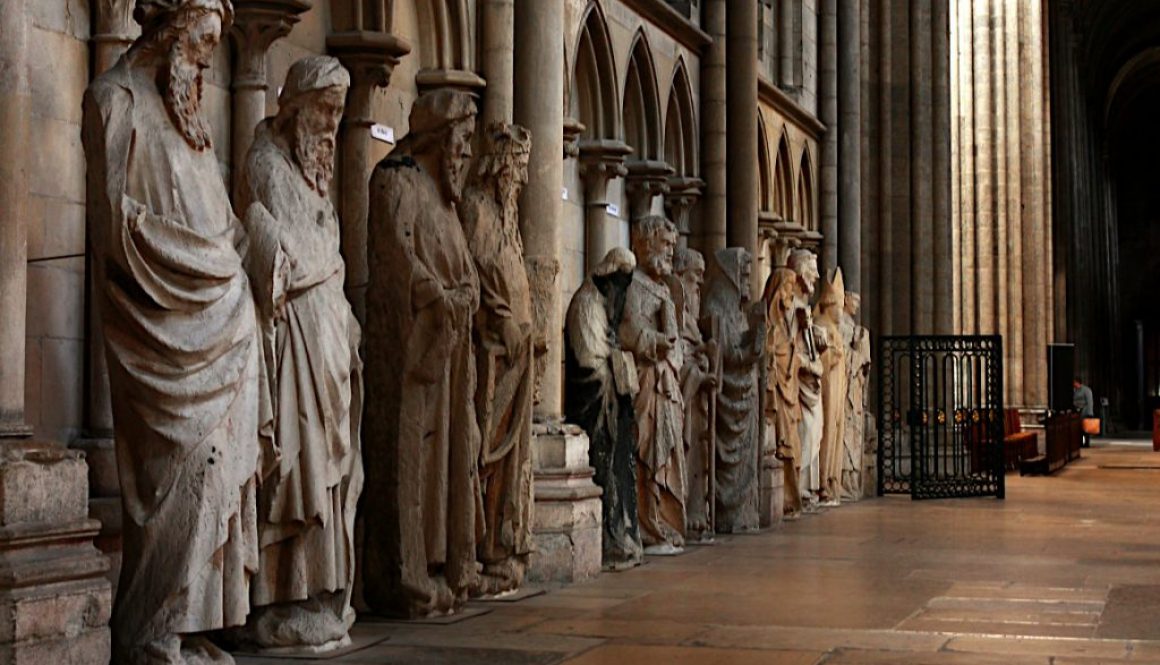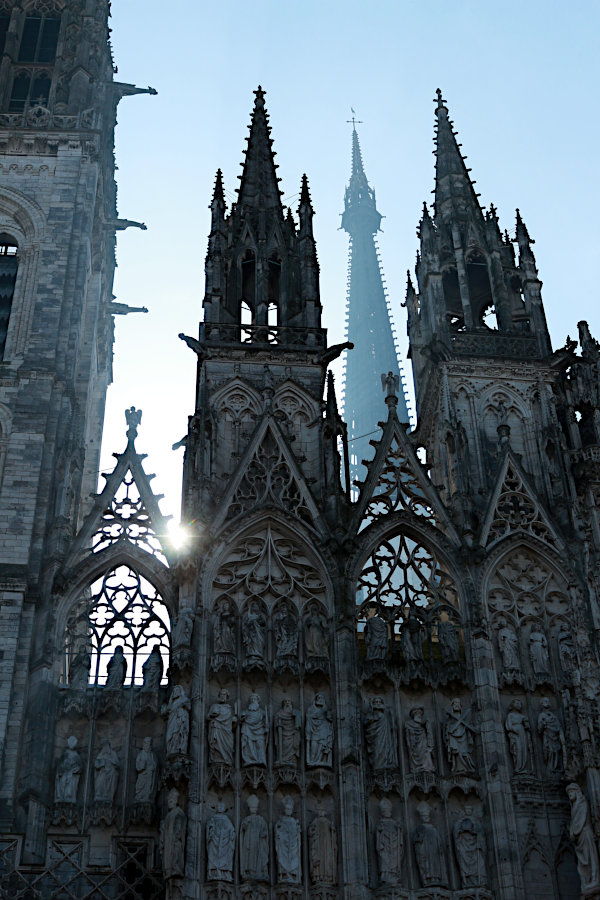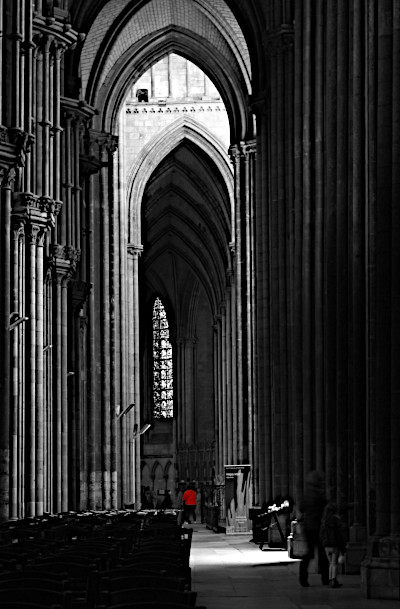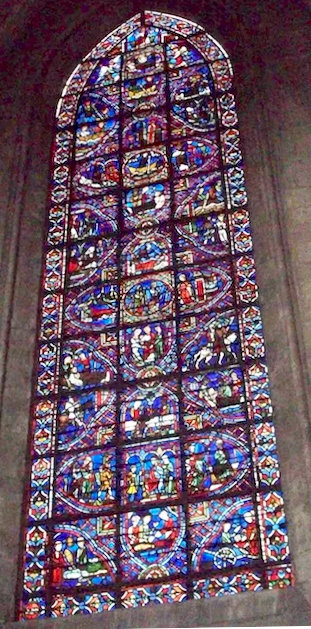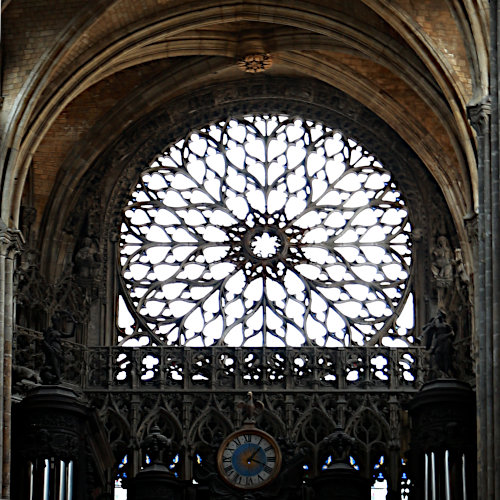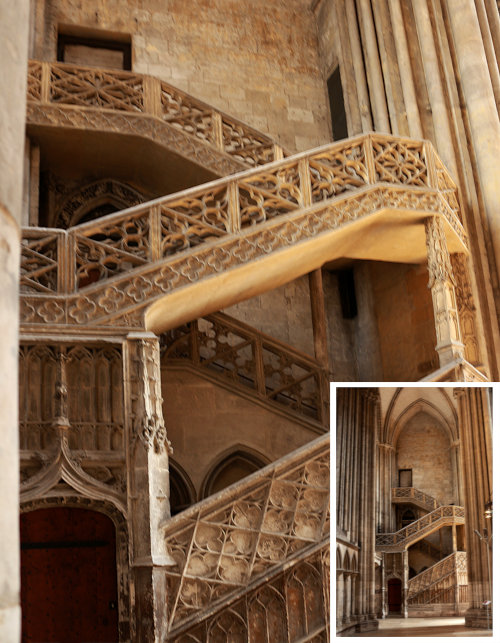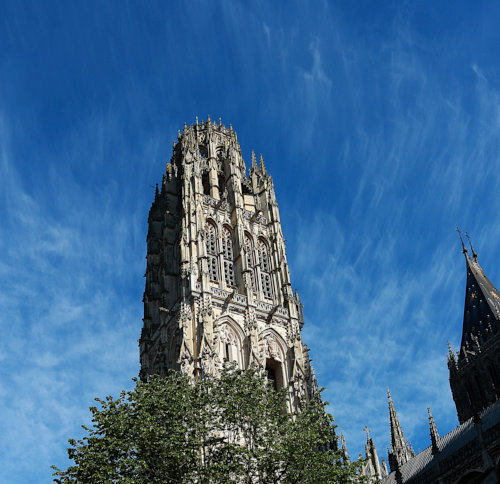SAUMUR – MEDIEVAL CHATEAU
Sunday, 6th May:
WE EXPLORE
Having upon our arrival read numerous leaflets at our disposal, we decided to explore Saumur, making first for the impressive chateau that overlooked the river. I begged that first we visit the Resistance Museum at Thouars, which could be on our way.
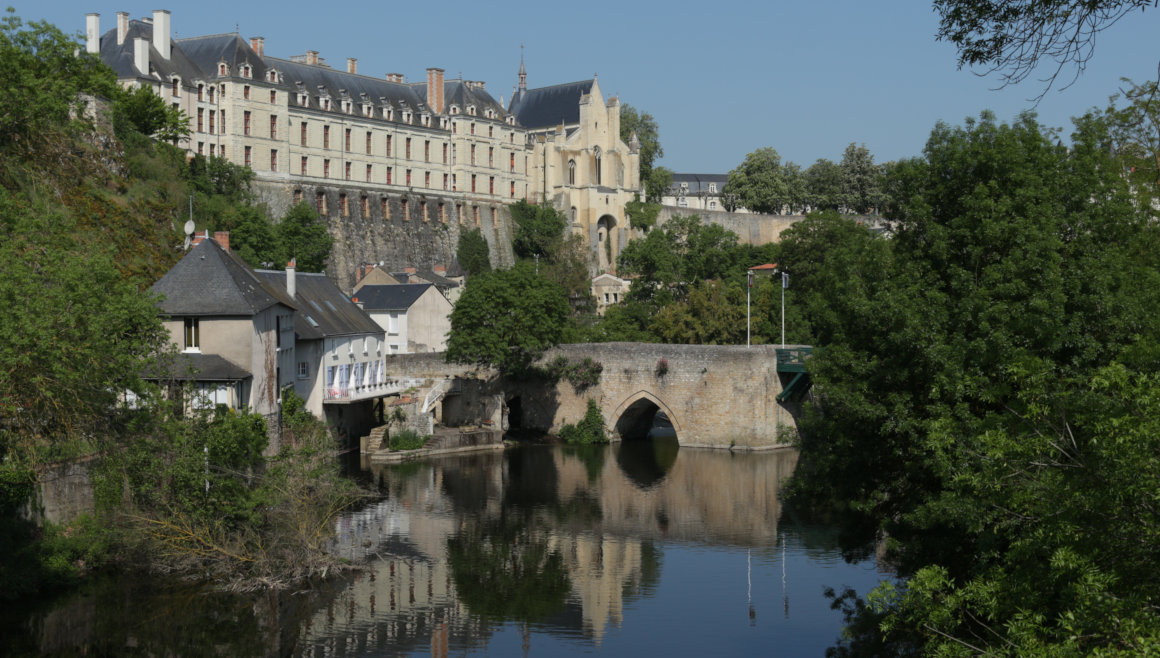
THE FRENCH ‘RESISTANCE’ IN WW2
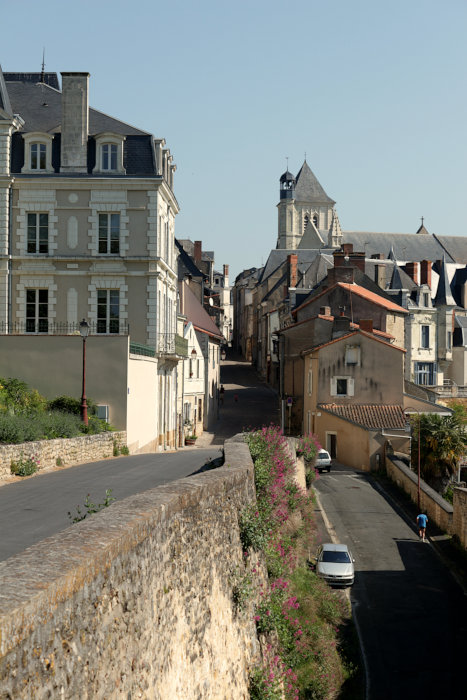
In my childhood in WW2 I had been deeply interested and worshipful of all the unbelievably brave people all over Europe who formed Resistance bands to hamper in any way they could the German troops who occupied their towns and villages. For some reason I had never been able to fit in a visit to any Resistance Museum; this one was close by, and the leaflet said it opened every day from 10am, so Graham readily agreed.
THOUARS ‘RESISTANCE’ MUSEUM IS
DIFFICULT TO FIND
The brochure said it was open from 10am.
It was a little difficult to locate in a quiet, garden-type square outside the town, opposite a church. We arrived about 11 am, but were disappointed to find all doors locked. Eventually a young woman came to answer the doorbell.
AND THEN IT WAS NOT OPEN –
“I am sorry – until the summer season we only open on Sunday afternoons. Can you come back after 2pm?”
As we intended a different treat for the next day, which meant driving in the opposite direction, we promised to return, and directed our SatNav to Saumur.
SAUMUR – THE CHATEAU DOMINATES
There was a series of pathways to the Chateau, but only one way was suitable for my increasingly useful motor scooter. It led over a bridge to where the strikingly beautiful chateau rose from a promontory high above the town. Saumur has evolved over the centuries, being built around the lazily winding River Loire below.
The Loire Valley is noted for the number of chateaux to be spotted and visited. Quite often, using by-roads, we found smaller gems that were not open to us, being private homes now. Evidently the Loire region had always been important historically.
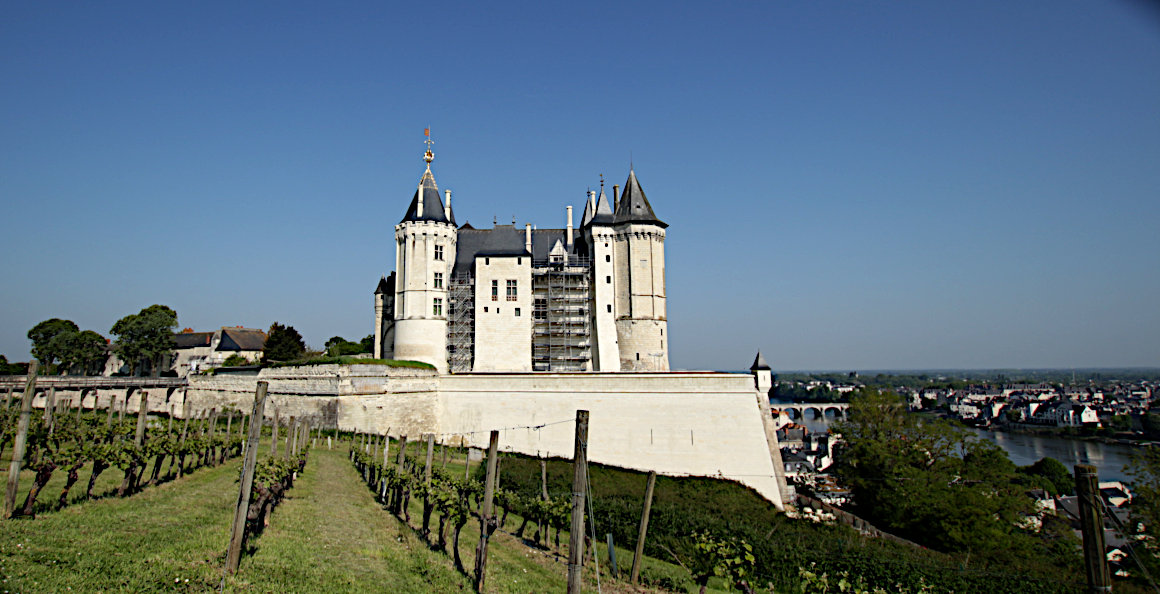
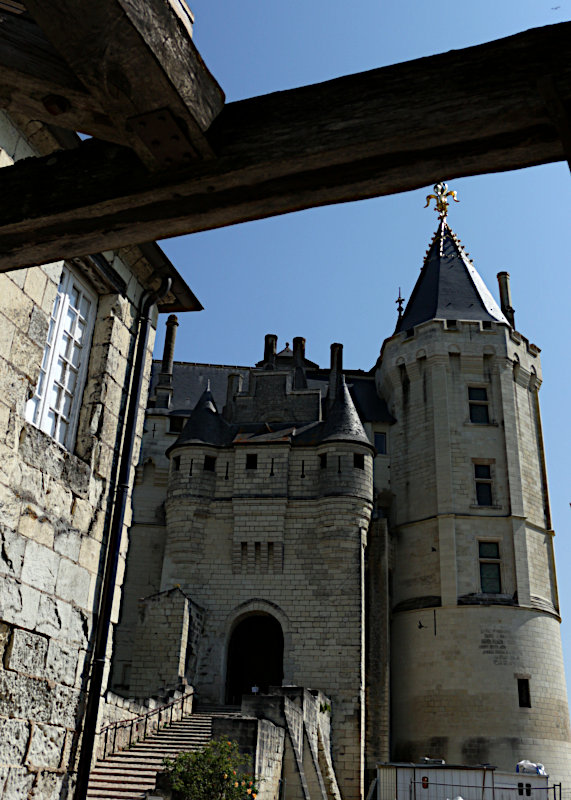
TOO MANY STAIRS:
Not all ‘open’ chateaux are as beautiful as this one in Saumur. It was with sadness that I had to accept that I could not manage the many stairs involved to access it and explore inside. My efforts to persuade Graham to take the tour were rebuffed. He stoutly refused to leave me for an hour or so – but I can tell you that the leaflet says it is fully furnished inside with the proper kind of antique furniture.
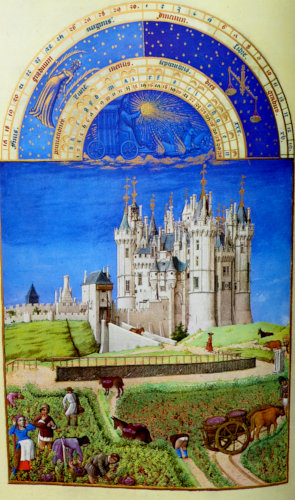
Theobold the Trickster, Count of Blois, laid the first stones in the 10th century. However, he soon lost it to Fulk III the Black who gave it to the Counts of Anjou. It later fell into the hands of our very own tempestuous Plantagenets, before being won back for the French throne by Phillip Augustus of France in 1203.
THE MARVEL OF VERY EARLY BUILDING:
THIS CHATEAU IS DEPICTED IN DUC DE BERRY’S ‘BOOK OF HOURS’
At this time, the four elegant towers were built around the keep, which served as a basis for the current château. In the 14th century, Louis I of Anjou received the château as ‘appanage’ and transformed it into a magnificent princely residence, as illustrated in the famous Très Riches Heures du Duc de Berry – a beautifully illustrated medieval Hourly Book of Prayers.
A MEDIEVAL MAKEOVER
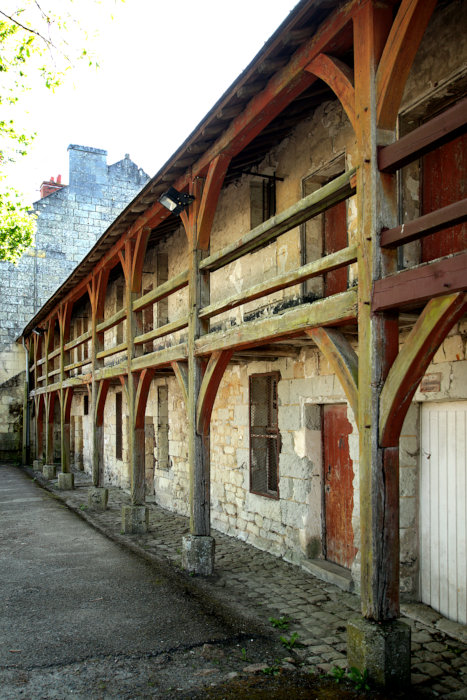
New accommodation was built and the towers and outer walls were raised, complementing the height of the chimneys, gables and belvederes, as you still see it today.
LEGACIES ONLY OF THE VERY WEALTHY AND POWERFUL
As in our English ‘stately homes’, one has to accept that without the unequal status of The Establishment with great wealth and power, we would not, in these more mundane times, be able to marvel at the incredibly beauty and workmanship they commissioned.
SCOOTING AROUND
While Graham took photos (there was a wonderful old stable block) I toured slowly round on my scooter, exploring other likely subjects for him: After that we sat in the shade of a pavilion and sipped cooling drinks.
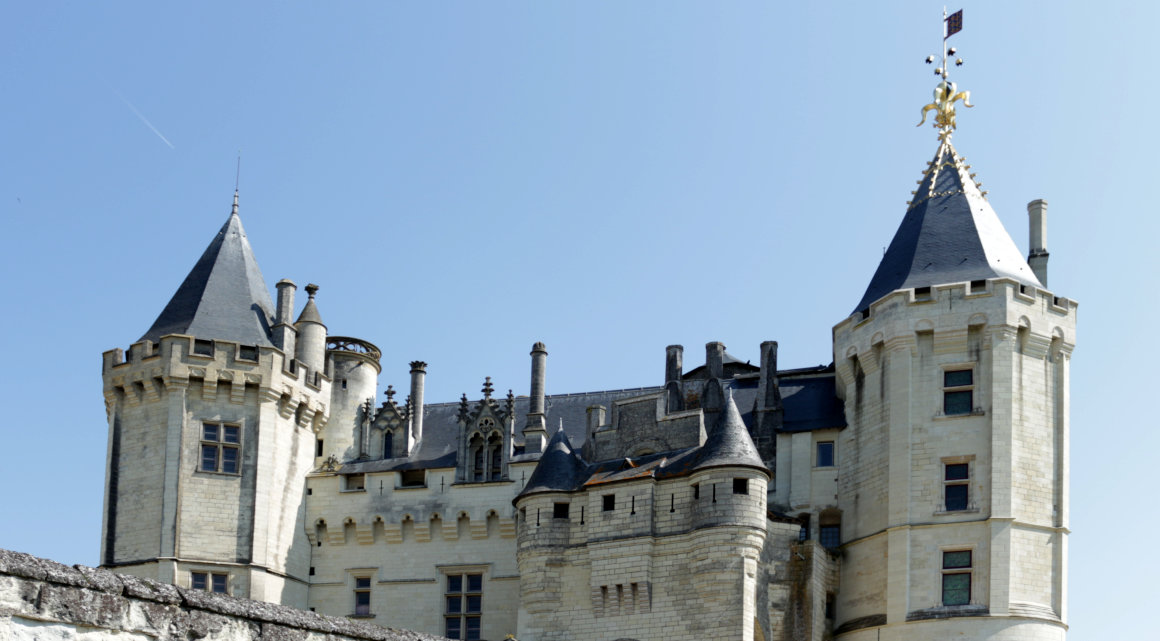
Text by – Jackie Usher, SWWJ. (aka author Debbie Darkin, & ‘Graham Liverpool’ on Trip Advisor.)
Photographs by – Graham Usher.
![]()





